In the rapidly evolving world of blockchain and cryptocurrency, developers are continually seeking innovative ways to build scalable, efficient, and secure applications. One such technological marvel that has been gaining traction is the XRP RPC API. But what exactly is it, and why should developers be excited about integrating it into their projects? This comprehensive guide will explore the XRP RPC API, its key functions, integration possibilities, and much more.
What is XRP RPC API?
The XRP RPC API (Remote Procedure Call Application Programming Interface) represents a sophisticated suite of protocols designed to facilitate interaction with the XRP Ledger. This ledger is not just any database; it’s a decentralized cryptographic ledger that operates on the back of a network consisting of peer-to-peer servers, ensuring transactions are secure, transparent, and immutable. The significance of the API lies in its ability to empower developers by providing them with the tools to execute a comprehensive array of operations directly on the ledger. These operations include, but are not limited to, querying account balances to keep track of funds, submitting transactions to transfer value or make payments, and monitoring ledger activity in real-time, allowing for a dynamic response to the ever-evolving ledger state. This seamless interaction with the XRP Ledger through the API paves the way for innovative financial applications and services that can operate with reliability and speed, ushering in new possibilities in the realm of digital finance.
Key Functions
The XRP RPC API provides a comprehensive set of functions designed for seamless direct interaction with the XRP Ledger, a pivotal component in the realm of digital currency. These functions are meticulously crafted to cater to various operational needs, ensuring efficiency and reliability. Here’s a closer look:
- Account information retrieval: This crucial feature enables users to obtain comprehensive details about XRP Ledger accounts. It covers a wide range of information including account balances, which provides insight into the current financial standing; transaction history, offering a chronological list of past transactions for review and analysis; and settings, which highlight the customized configurations and preferences set for the account.
- Transaction submission and tracking: This function streamlines the process of engaging with the ledger by allowing users to create, sign, and submit transactions directly to the ledger. Following submission, it offers the ability to track the transaction’s journey through the necessary validation and confirmation stages, providing transparency and peace of mind to the users.
- Ledger exploration: For those looking to delve deeper into the intricacies of the XRP Ledger, this feature offers the tools to query detailed information about the ledger’s contents. Users can explore specific transaction details, offering a granular view of individual transactions; examine various ledger versions, which is essential for historical analysis and understanding ledger evolution; and scrutinize the current state, providing insights into the ledger’s present condition and operational status.
Overall, the XRP RPC API stands as a powerful toolkit for developers, researchers, and enthusiasts aiming to interact with the XRP Ledger efficiently, whether it’s for routine account management, detailed exploratory analysis, or secure transaction handling.
Integration Possibilities
Integrating the XRP RPC API into applications unlocks a world of potential, offering a range of possibilities that extend far beyond the basics. Here’s a closer look at what can be achieved:
- Payment Systems: This integration allows for the facilitation of real-time, cross-border payments, characterized by notably low transaction fees. This not only streamlines financial transactions but also opens up global commerce in a way that was previously unattainable, providing a more inclusive financial system for people around the world.
- Decentralized Finance (DeFi) Platforms: By leveraging the XRP Ledger’s fast settlement times and exceptional scalability, developers have the opportunity to create cutting-edge DeFi applications. This aspect of XRP can revolutionize how we think about financial services, moving towards more decentralized and accessible financial products.
- Smart Contracts: While it’s true that the XRP Ledger does not natively support smart contracts in the same way other platforms might, the flexibility of the XRP RPC API allows developers to creatively overcome this. By constructing off-ledger smart contracts that interact with the ledger through the API, developers can still harness the power of smart contracts. This approach opens up innovative possibilities for applications that require the security and efficiency of smart contracts, combined with the robust features of the XRP Ledger.
Through these capabilities and more, integrating the XRP RPC API into applications not only enhances functionality but also pushes the boundaries of what’s possible in the realms of payment processing, decentralized finance, and beyond.
Use Cases
The practical applications of the XRP RPC API are diverse and wide-ranging, presenting a multitude of compelling use cases for various financial services and platforms. Among these applications, some of the most notable examples include:
- International Remittance: This use case allows platforms to offer users the ability to send and receive money across borders quickly and with minimal fees. By leveraging the efficiency of XRP, these transactions can bypass traditional banking systems’ complexities and costs, making it an ideal solution for improving access to financial services worldwide.
- Microtransactions: The XRP RPC API enables the development of systems capable of handling a vast number of small-value transactions swiftly and efficiently. This application is particularly beneficial for online content creators, gaming platforms, and digital services looking to monetize their offerings through micro-payments, thereby creating a more seamless and user-friendly experience.
- Asset Exchange: By using the XRP RPC API, developers can create platforms that facilitate the exchange of XRP and issued currencies, also known as IOUs, on the XRP Ledger. This functionality supports the development of decentralized exchange platforms, allowing users to trade a variety of assets securely and transparently without the need for traditional intermediaries.
These use cases highlight the versatility and powerful capabilities of the XRP RPC API, making it a valuable tool for developers looking to innovate in the financial technology sector.
Advantages
The XRP RPC API stands out as a premier choice for developers due to its array of advantages, each designed to meet the high demands of modern applications. Let’s delve into these benefits in more detail:
- Scalability: With the ability to handle thousands of transactions every second, the XRP RPC API is tailored for high-volume applications. This makes it an ideal solution for businesses that require a blockchain solution capable of scaling with their growth, ensuring that transaction processing never becomes a bottleneck.
- Low Cost: One of the most compelling features of the XRP RPC API is its minimal transaction fees. In a world where operational costs can quickly accumulate, having the ability to significantly reduce expenses related to transactions is a substantial advantage. This can lead to more sustainable business operations and allow for the allocation of resources to other critical areas.
- Speed: In today’s fast-paced world, the speed of transaction settlement is critical to user satisfaction. The XRP RPC API boasts exceptionally fast settlement times, typically between 3-5 seconds. This rapid processing not only enhances the user experience by providing immediate feedback but also enables businesses to execute on their operational strategies more efficiently.
- Transparency: The use of a completely transparent ledger is another standout feature of the XRP RPC API. This transparency ensures that every transaction is traceable and provides an auditable trail. For businesses, this means enhanced trust and reliability, as every transaction can be verified and traced back to its origin.
- Security: Security is paramount in the digital age, and the XRP RPC API does not disappoint. It leverages the robust security features of the XRP Ledger, which includes decentralized validation and consensus. This ensures that transactions are not only secure but also resilient against attacks and fraudulent activities. The decentralized nature of the ledger means that no single entity has control over the transaction history, further enhancing the security and integrity of the system.
In conclusion, the XRP RPC API offers a comprehensive solution for developers looking to integrate high-performance blockchain functionality into their applications. Its scalability, low cost, speed, transparency, and security make it a formidable choice for any project requiring reliable and efficient transaction processing.
Implementation Guide
Getting started with the XRP RPC API involves a series of well-defined steps, each important for harnessing the full potential of this powerful interface:
- Familiarize with the XRP Ledger: Begin by understanding the basic concepts and architecture of the XRP Ledger. This foundational knowledge is crucial for effectively utilizing the API. Explore the various components, such as accounts, transactions, and consensus mechanisms, to gain a comprehensive understanding of how the XRP Ledger operates.
- Set up a development environment: Next, decide on the setup for your development environment. You have two primary options: connecting to public XRP Ledger servers, which offers ease and convenience, or running a rippled server locally on your machine for full control and privacy. Each option has its benefits and considerations, so choose the one that best suits your project’s needs.
- Use the API: With your development environment ready, start developing your application by sending requests to the XRP Ledger using the RPC API. The XRP RPC API allows for a wide range of interactions with the XRP Ledger, from querying account information to submitting transactions. Refer to the official documentation for detailed instructions and practical examples to guide you through the process.
- Test and debug: Before deploying your application, thoroughly test your code using the XRP Ledger Testnet. The Testnet is a separate network designed specifically for developers, enabling you to experiment with and test your applications in a safe environment without the need to spend real XRP. This step is critical for identifying and fixing any issues, ensuring your application runs smoothly.
- Deploy in production: Once your application has been rigorously tested and any bugs have been ironed out, it’s time to deploy it on the main XRP Ledger network for real-world use. This is where your application goes live and becomes accessible to users, allowing them to benefit from the functionality you’ve built.
By following this detailed implementation guide, you can seamlessly integrate the XRP RPC API into your projects and start leveraging its powerful capabilities. Whether you’re developing financial applications, payment gateways, or innovative blockchain solutions, the XRP RPC API provides the tools you need to succeed. So why wait? Embark on your development journey today and unlock the vast possibilities offered by the XRP Ledger!
FAQs about XRP RPC API
- How does it handle transaction processing?
The API processes transactions by submitting them to the XRP Ledger, where they are validated by consensus and included in a ledger version.
- Can it support multi-currency transactions?
Yes, the XRP Ledger and, by extension, the XRP RPC API support multi-currency transactions through the use of issued currencies.
- What authentication methods does it utilize?
While the public XRP Ledger API does not require authentication, access to private methods on a self-hosted rippled server may require basic HTTP authentication.
- Is there a sandbox environment available for testing?
Yes, developers can use the Testnet or Devnet of the XRP Ledger for testing purposes without risking real assets.
- Does it provide real-time transaction updates?
Yes, the API offers subscription services to receive real-time notifications about ledger changes and transaction states.
- How does it ensure data privacy and security during transactions?
Transactions are secured using cryptographic signatures, ensuring that operations (e.g., funds transfers) can only be authorized by the account holders.
The XRP RPC API is a robust tool that enables developers to tap into the vast capabilities of the XRP Ledger. Whether you’re building a complex financial platform or a simple payment application, understanding and integrating the XRP RPC API could significantly enhance your project’s efficacy, security, and scalability.

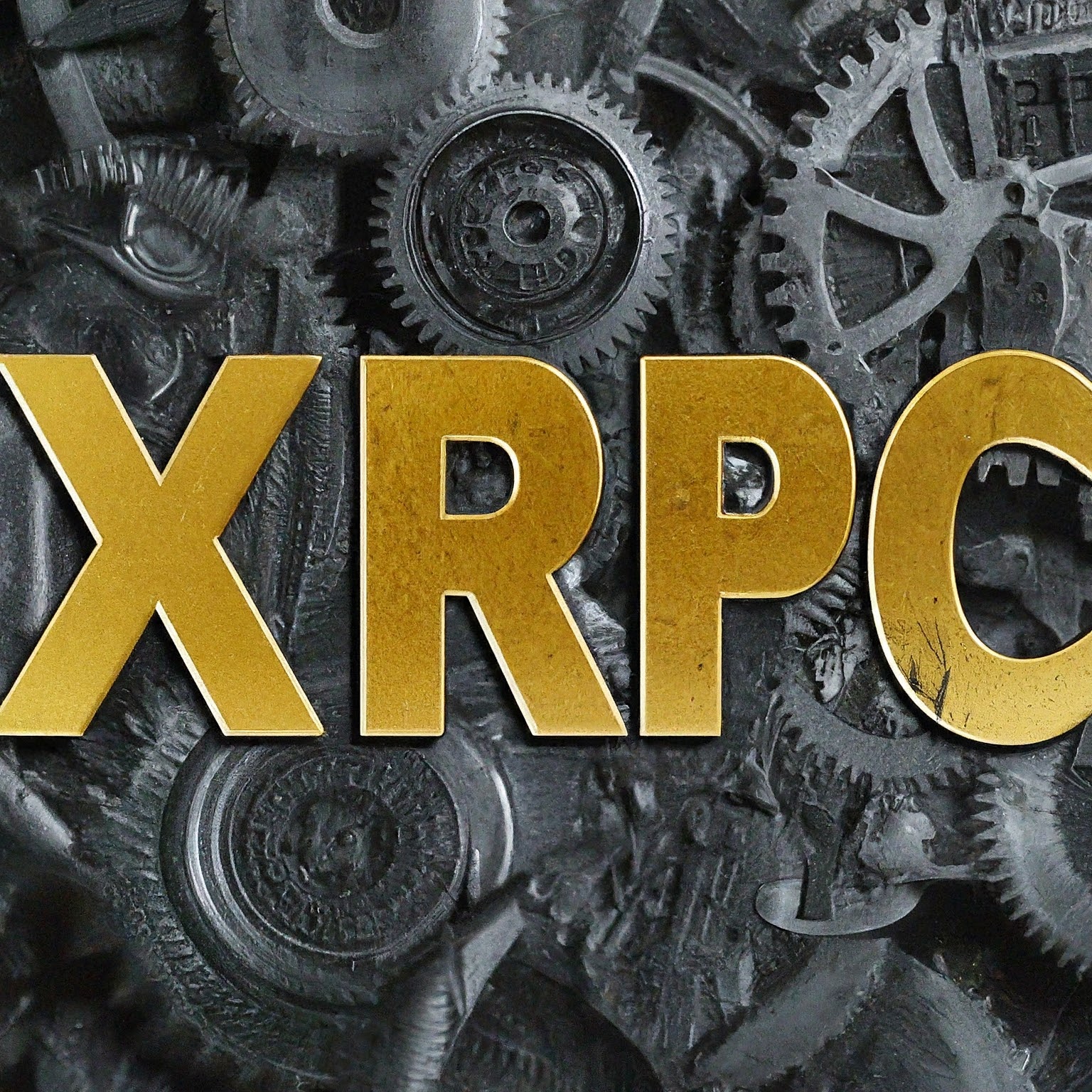

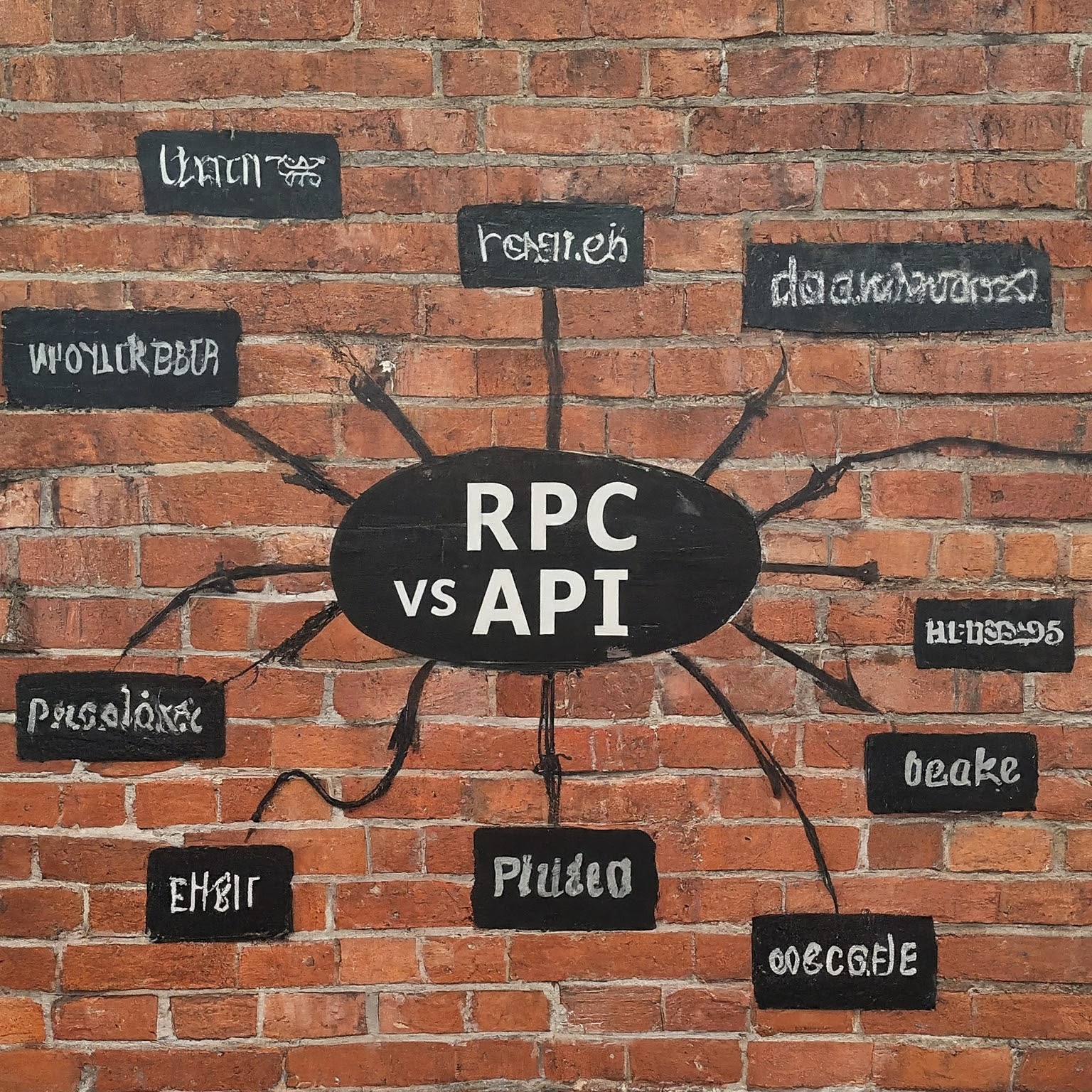
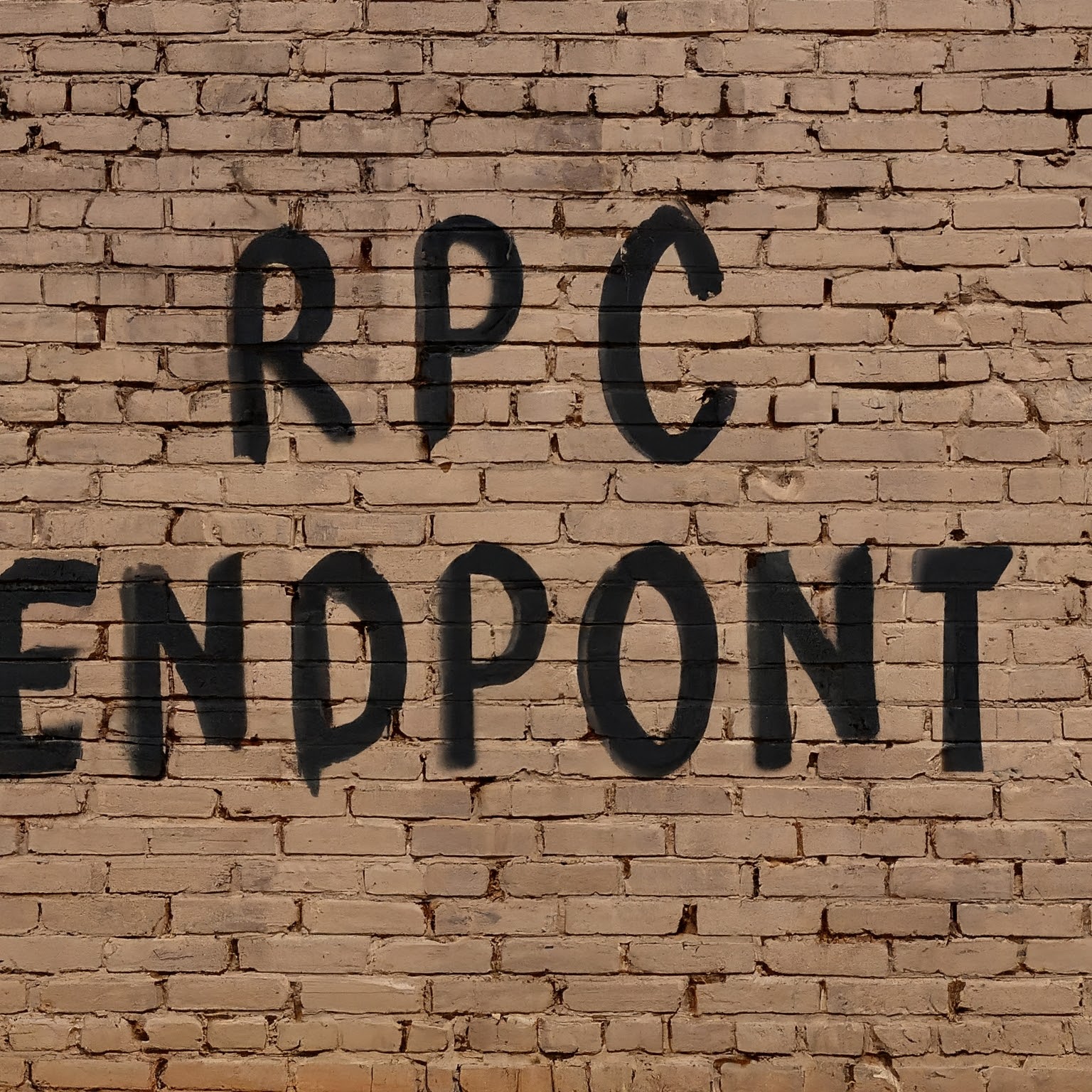

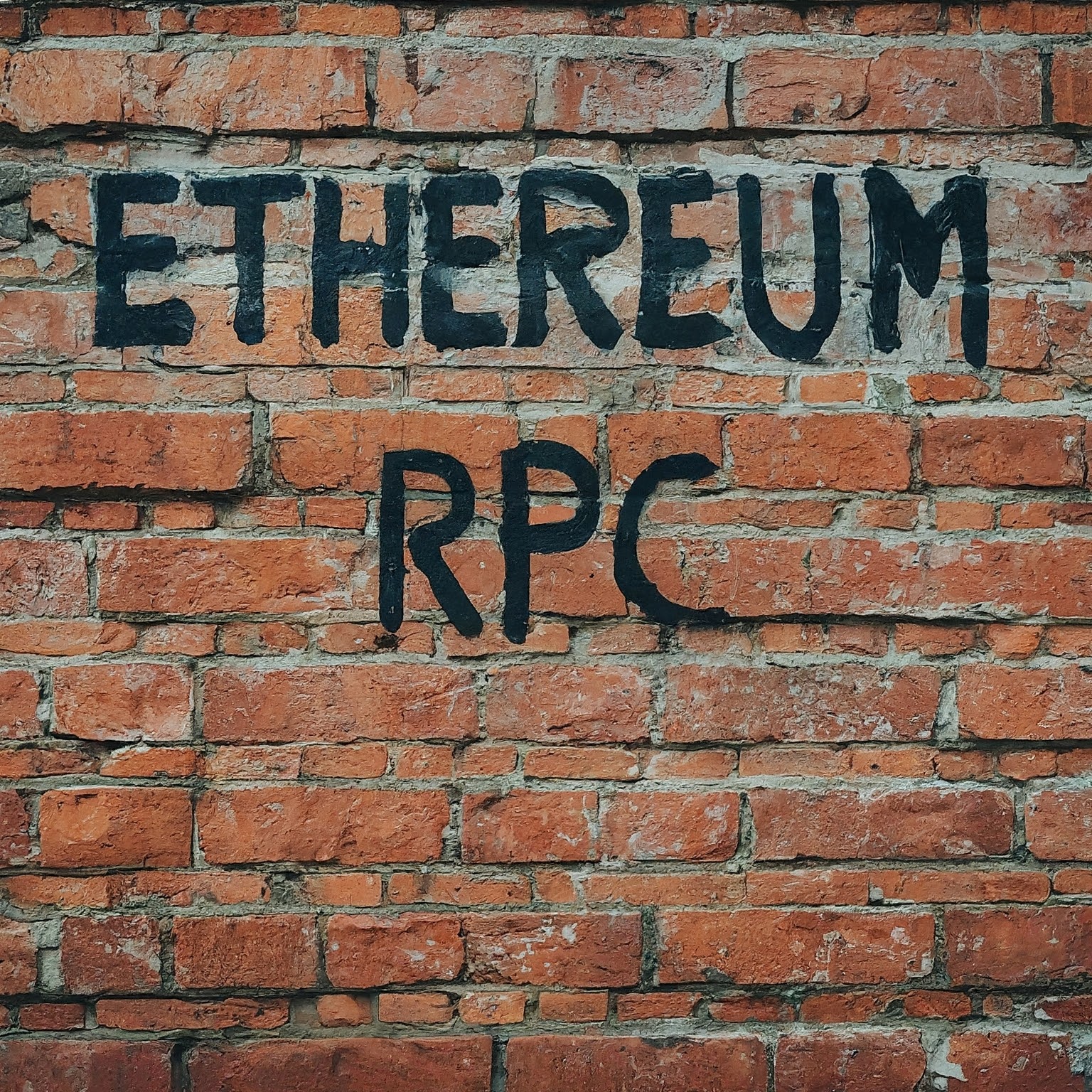
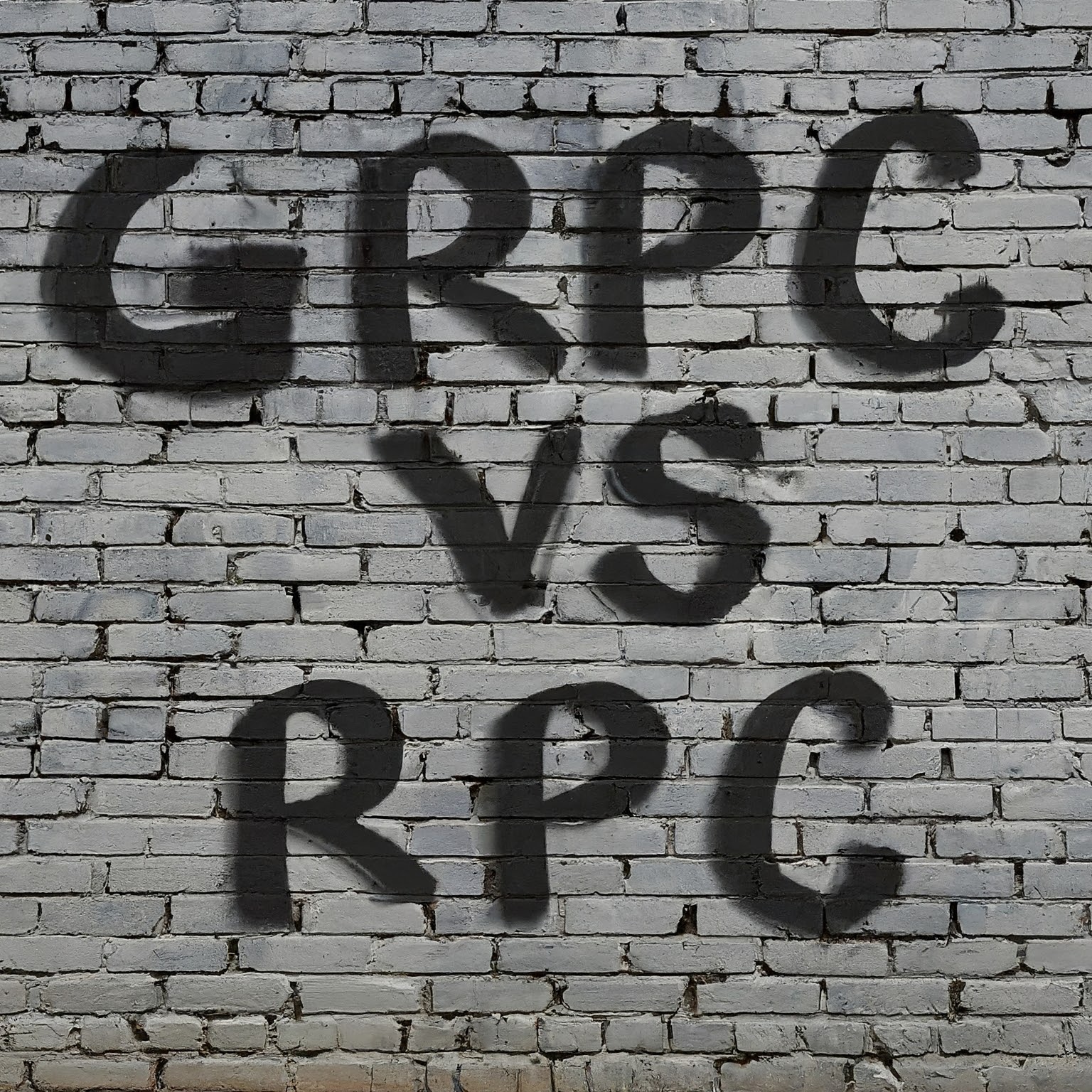
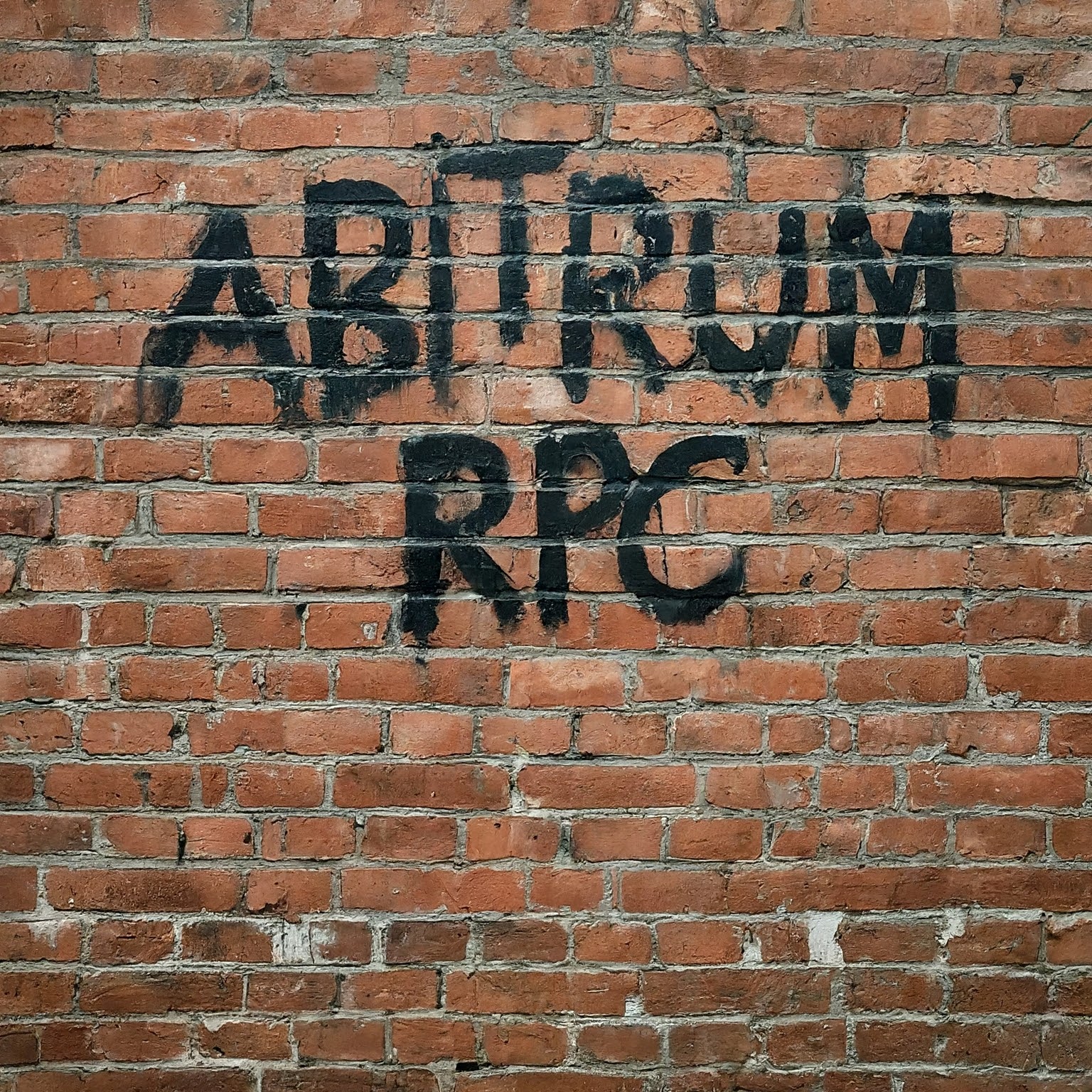

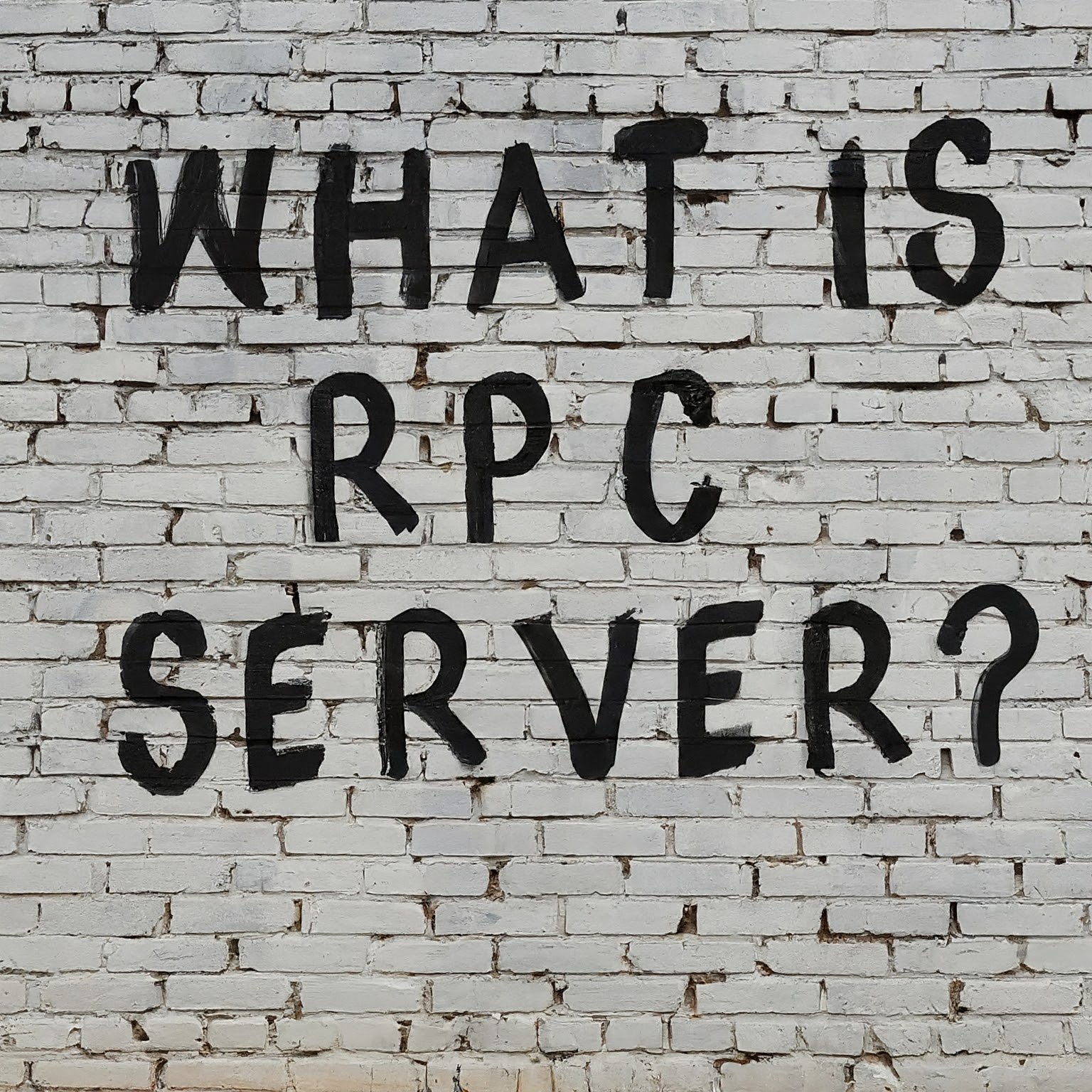

Leave a Reply
You must be logged in to post a comment.